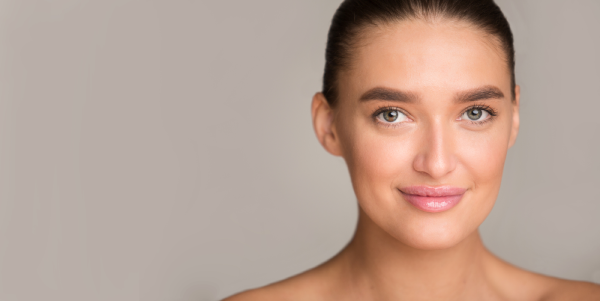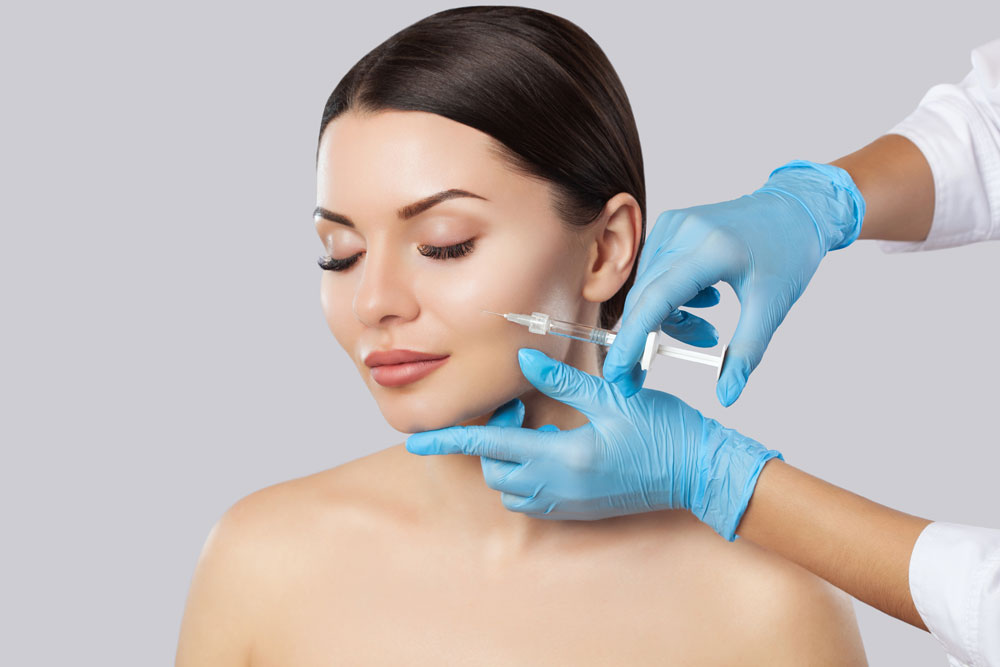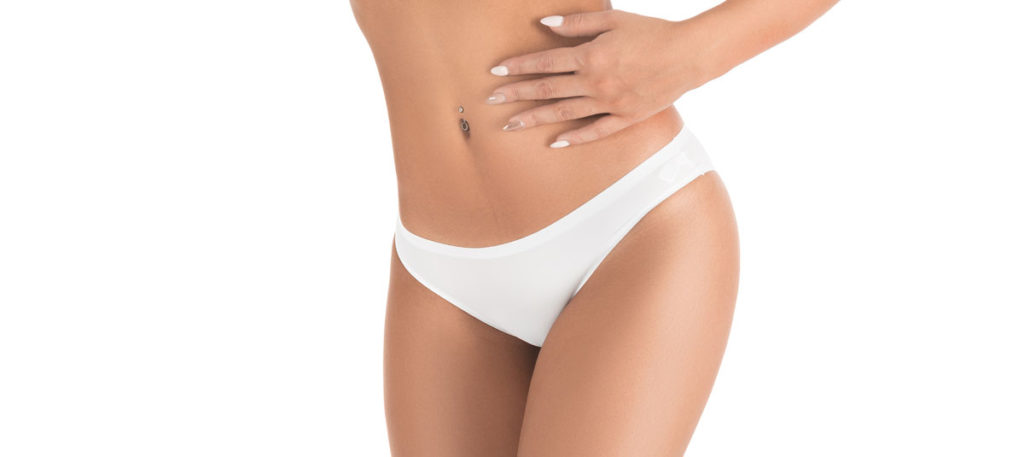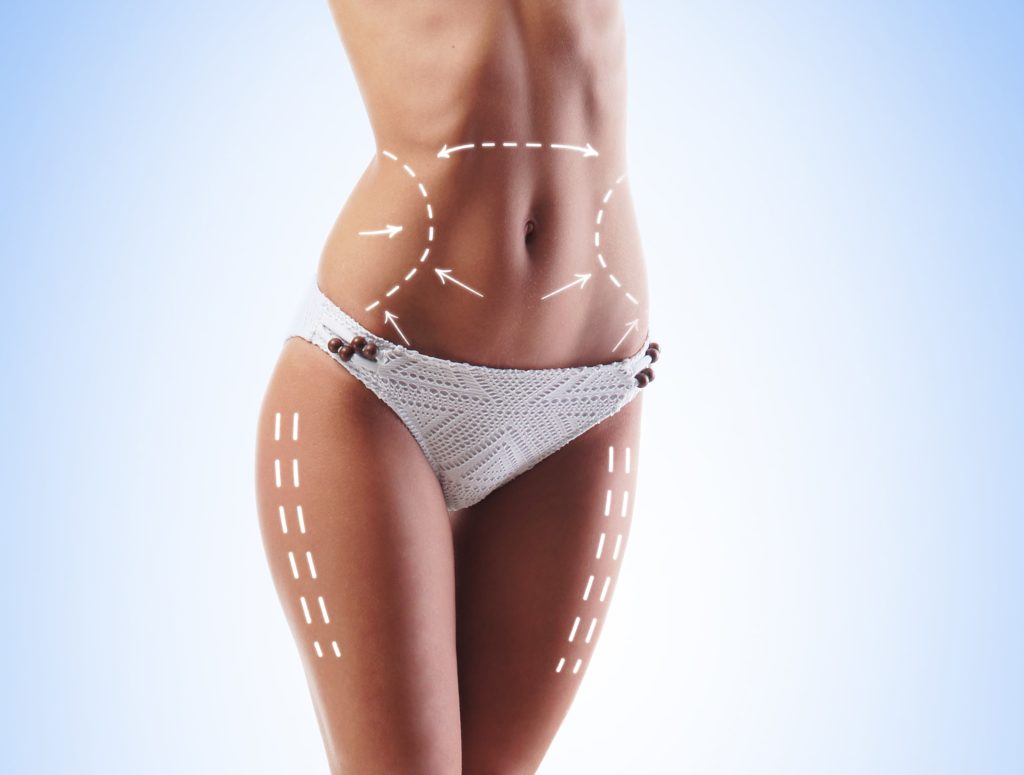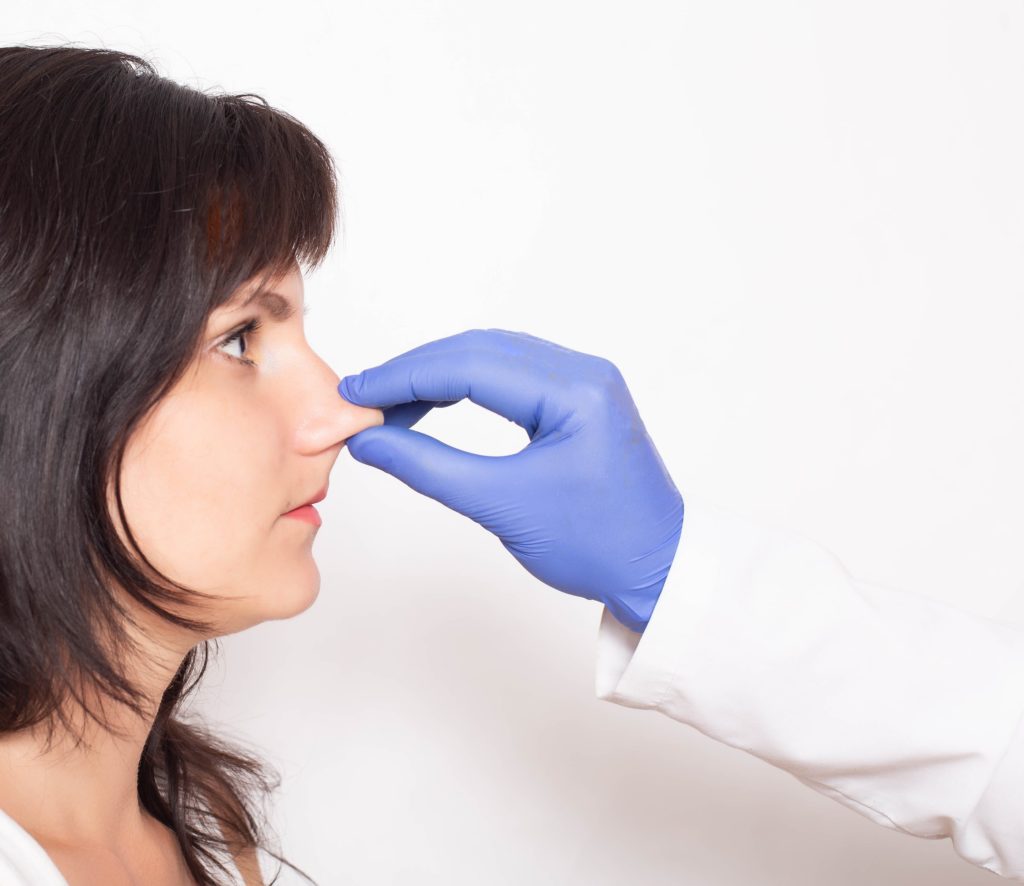It’s human nature to want to smile and laugh. But alas, it is also human nature that many of us will develop confidence-shattering wrinkles as a direct result of these happy moments.
Laugh lines are unsightly creases that crop up predominantly around the nose, mouth, and chin. Lucky for those of you in despair, Botox — one of the most popular cosmetic procedures on the market — is an excellent remedy to this problem.
These creases are the result of prolonged smiling and laughing over a long period of time. When we engage in those actions, we’re wearing down the underlying tissue in our face. This causes the muscles to become overactive, in turn creating what we know as laugh lines.
Other factors, including aging, sun damage, and weight changes have also been shown to play a role in the development of laugh lines. However, by addressing the muscles underneath your face with Botox, we can nonetheless alleviate the issue.
The compound at the heart of the Botox procedure, botulinum toxin, is a natural muscle relaxant. By injecting it into your face, your overactive muscles will relax, erasing the cause of the laugh lines and the lines themselves. Just like that, your youthful good looks have returned.
Does it sound too good to be true? Due caution is encouraged with Botox. As a result of the popularity of the procedure, many unqualified doctors have attempted it and induced serious side effects in their patients.
However, under a qualified physician’s care, the procedure carries minimal risks and should only take approximately 15-20 minutes to complete. So long as your doctor is fully aware of the FDA-mandated guidelines and follows them properly, getting Botox should not be an issue.
For more information on the treatments we have available, we encourage you to schedule a consultation with Dr. Rodgers today.
